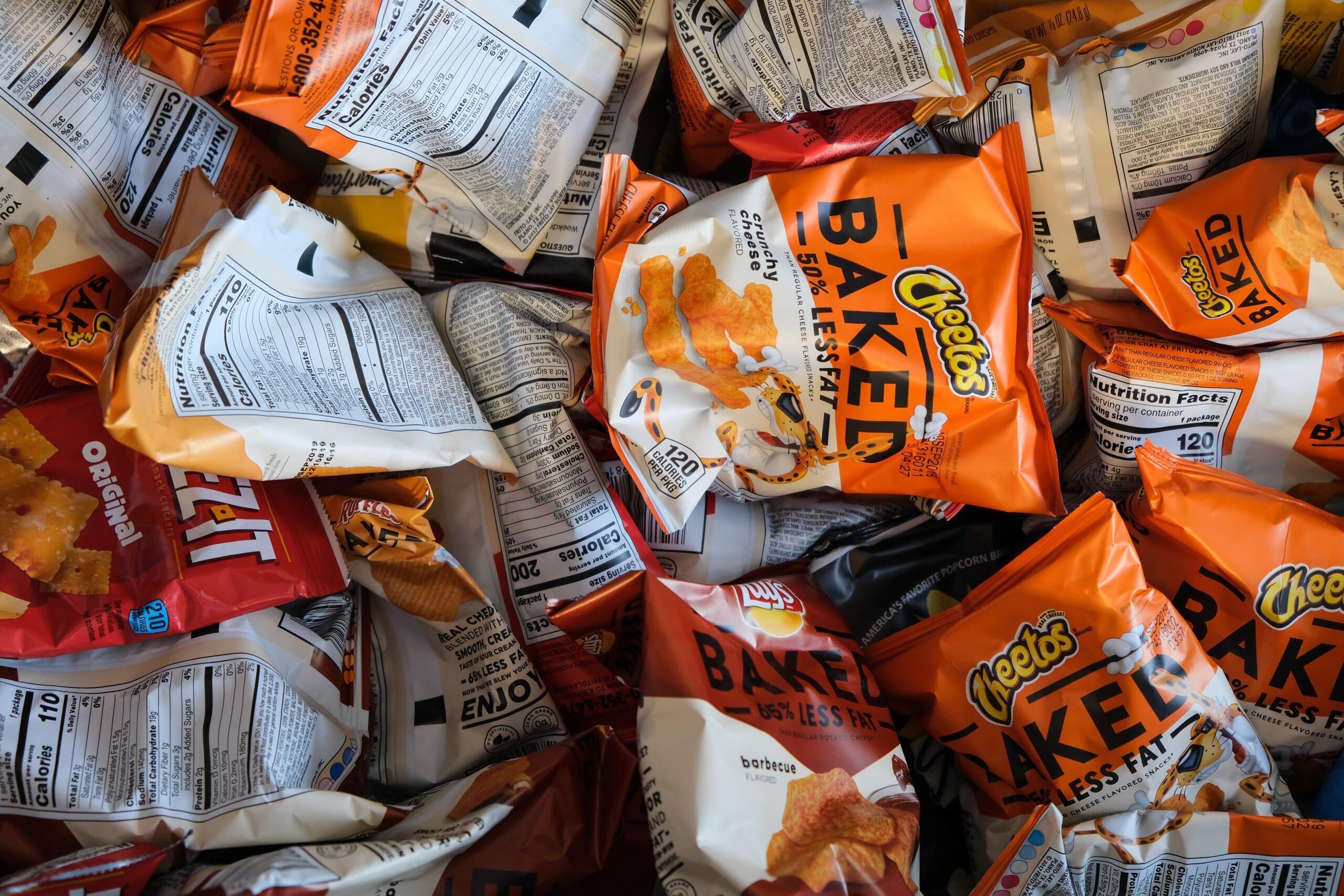Remember as children how excited we were if our dentist found only one cavity? Though we couldn’t imagine a day when it would be possible to be a kid without cavities, that day has arrived. Programs now exist that help keep children’s teeth virtually cavity free.
What is a cavity? Tooth decay, or cavities, destruct the tooth enamel. Destruction occurs when foods containing carbohydrates, aka sugars and starches, such as milk, soda, raisins, cake and candy, are frequently left on the teeth. Bacteria that live in the mouth thrive on these foods and produce acids. Over time, these acids destroy tooth enamel, resulting in cavities.
The first step in reducing children’s cavities is to educate parents on prevention. Yes, parents need to think of their children’s teeth long before children’s teeth come in, usually at about 6 months old. This is when parents need to examine things like breastfeeding, thumb sucking and other elements that can impact the health of children’s teeth and long-term dental health. What many parents don’t realize is that children should be introduced to the dentist by their first birthday.
Once your child has the initial dental appointment, the dentist— particularly a pediatric dentist— may use this four-step plan to encourage parents to guide their kids to healthier teeth. Following this plan, which includes the proper use of fluoride, dental sealants, and brushing and flossing techniques, as well as a healthy diet and regular dental visits and cleanings, can keep kids 90 percent cavity free.
Fluoride is a mineral that occurs naturally in all water sources.
It is also found in dental products such as toothpaste, mouth rinses and gels. According to the American Academy of Pediatric Dentistry (AAPD), extensive research has shown that optimal levels of fluoride not only reduce cavities in children, they also help repair the early stages of tooth decay even before the decay is visible.
Fluoride is the first line of defense against cavities. There are two forms: systemic fluoride and topical fluoride. Systemic fluoride is found in pill form or can be put into water (available only in certain states). With systemic fluoride, whenever a child swallows a fluoride pill, it goes through his or her system to reach the developing permanent teeth— even before those teeth come into the mouth. Babies as young as 6 months can take fluoride pills and continue them until all of their teeth are fully developed. Topical fluoride is applied directly to the teeth and soaks through the teeth to make them stronger. The combination of systemic and topical fluoride reduces cavities from developing by about 60 percent over the course of a lifetime.
Dental sealants are another defensive agent that should be added to the cavity prevention mix.
Sealants are actually tooth coverings that fill in the grooves of the top surfaces of teeth, covering places where bacteria that cause cavities like to hide. Sealants are especially helpful in protecting the back molars and bicuspids for baby and adult teeth where decay most often occurs. The best time to implement sealants is when these teeth first completely come into the mouth, starting as early as age 4. The procedure is easy and well-tolerated by children. With sealants, it is possible to achieve a 90 percent cavity reduction, as long as the sealants and fluoride are combined with good brushing habits and a good diet.
Brushing and flossing, the basics of good dental care, are essential in keeping cavities at bay.
These habits must also start early. Brushing removes the amount of plaque that builds up around teeth to reduce the chance of cavities and to fight gum disease.
Children must be taught to brush after each meal, and most importantly at bedtime. Parents should monitor their children’s brushing habits. Young children, especially preschool age, should not swallow any toothpaste, making careful supervision even more crucial. Parents will need to help younger children who lack coordination and may have trouble reaching their back teeth. It’s also a good idea to make sure the child brushes for an appropriate amount of time to clean all of his or her teeth. Try to find a toothbrush and toothpaste that your child likes, further motivating him or her to brush more often and making dental care seem like less of a chore.
When teeth are close together, flossing also becomes especially important. Parents should do the flossing for children until kids can manage the task themselves.
A healthy diet is something we all know is crucial for our bodies, yet it is equally important for our teeth and it’s critical for reducing cavities.
The obvious culprit is too many sweets. Most of us know that sweets, including natural as well as refined sugars, can cause cavities. However, what many people don’t know is that sugars lurk in many foods that we wouldn’t suspect.
Often, we are unaware of the large quantities of sugar we put into our bodies and our children’s bodies. Parents need to read labels to cut down on the amount of sugar their children consume. Kids who eat slowly and keep food in their mouths for long periods of time are more susceptible to cavities, so limit distractions such as TV and video games. It is also important to control your child’s grazing and munching habits, thwarting them from eating too often between meals. Snacking should be confined to healthy snacks like fruits, vegetables and water, as opposed to candy, juices, sodas and other drinks with hidden sugars.
Oral examinations and professional cleanings, as is suggested for adults, should occur for children during regular visits to the dentist.
Parents should work with their child’s pediatric dentist during that first dental visit to make it a pleasant and positive experience.




